
When you think of Japanese food, you likely think of sushi, ramen, or udon–all excellent choices! You might even find your mouth watering at thoughts of monjayaki or anko ice cream, but there may be a few that you’re not so familiar with. Today, we’re going to look at 12 lesser-known foods–and what one of our intrepid writers thought about them!
Our first food is “ika no shiokara,” or squid shiokara, a preserved food made from thinly sliced squid mixed with salt, which is then fermented. It would probably strike most first-timers as having a strong “fishy” smell–and perhaps not particularly tasty, but our Japanese friends tell us that after having it a few times it will start to grow on you. They also claim that it’s particularly good on rice or with green tea.
But what did Melanie, our guinea pig for today’s food, think about it? “The texture is slimy and it was way too salty,” she said, before giving it a score of 4 out of 10.
▼Kinda looks like mushrooms…
▼Melanie steels herself, takes a bite, and…
▼That’s a big ol’ nope!
Our next culinary delight is “shiso katsuo nin’niku,” which is garlic with shiso and skipjack tuna, and it apparently lacks garlic’s typical, um, aroma. We were even told that it won’t leave you with smelly breath–though you may not want to test this out before a date. Our Japanese writers said the sourness of the shio perfectly balances the umami of the tuna and garlic. But what did Melanie think of the purple food?
“The taste was sour and not really garlicky,” she told us, giving it a score of 5 out of 10.
▼Looks more like alien eggs than anything…
Our third food is actually a topping. Noritamago furikake is meant to be sprinkled over your white rice. While we imagine that almost everyone loves white rice, it’s probably also fair to say that quite a few people get sick of the taste eventually. Noritamago furikake is a combination of dried seaweed and egg, along with a few other ingredients to turn your boring rice into a party in your mouth! At least that’s the idea–did Melanie agree?
“This makes plain rice a lot more interesting and tasty.” That sounds like a pretty positive review–and she gave it 8 points out of 10! If you’re getting sick of plain white rice, be sure to get some of this furikake!
▼It really is a great addition to any bowl of rice.
Speaking of rice, here’s one food that might seem a little strange: instant ochazuke, which is rice with tea seasoning and water. Similar to furikake above, this is another way to make a bowl of white rice a bit more exciting. The instant version obviously saves you a lot of trouble (and you can usually find it at the convenience store)–all you have to do is sprinkle some on top and then pour in hot water! Apparently many Japanese folks use it as a hangover cure.
And it looks like Melanie is a fan, too! “You have to get used to having rice in water, but this is a great comfort food for cold days.” She gave it a very respectable 9 out of 10!
▼The toppings…
▼And now with water!
▼It’s supposed to be extra delicious with umeboshi (pickled plum).
Here’s one that should be a lot more familiar to most of our readers: tamago sando, or an egg sandwich. You’re probably thinking, “Hey, that’s not Japanese–I eat them all the time!” Well, you’re probably right, but our Japanese writers think the egg sandwiches in Japanese convenience stores are a bit different because they have softer bread. We’re not sure how true that is–but we have to admit that we generally avoid eating egg sandwiches from convenience stores in any country!
Melanie’s thoughts? “The bread had no crusts and the whole thing was soft and fluffy. Great taste.” She gave the sandwiches a 9 out of 10.
▼They also look very pretty!
▼”OMNOMNOMNOMNOM!”
▼Still not vomiting. What a relief!
Moving along to our next food, we have another bread-based item, melonpan, or melon bread. Our Japanese writers introduced this one by pointing out that, even though this is called “melon bread,” it doesn’t really taste like melon. It’s just bread that looks like muskmelon! As you might have guessed, it’s particularly popular with kids, but, of course, many adults eat it too.
Here’s what Melanie thought about it: “Crispy on the outside and soft on the inside, this is the perfect sweet snack. Not sure what it has to do with melons though.” She even gave it a perfect 10 out of 10!
If you like sour, this next food might be right up your alley! Hoshiume is like an extra dried version of umeboshi that is slightly sweet. We’re told it’s a great snack for when you’re traveling, but it looks like Melanie isn’t a fan…
“It’s really bitter and left a horrible aftertaste. I’m giving these the lowest score of all the food.” And, indeed, she did–only 2 out of 10 points!
▼It certainly doesn’t look like something you’d want to put in your mouth.
Mitarashi dango, which are rice dumplings on skewers with a sweet soy sauce glaze, are extremely popular in Japan. With their sweet-but-salty taste, they’re high on the list of recommended food to try in Japan, especially if you find yourself at a festival where you want to eat and walk at the same time!
Unfortunately, Melanie didn’t think they were that great. “I didn’t like the savory sauce,” she said, and only gave them 5 points.
▼It might have helped if they had Baymax’s face.
Though Japan doesn’t quite have the sweet tooth that some in the West (like this writer) have, gummies do fill up quite a few shelves in both convenience and grocery stores. Most of the gummies tend to be a combination of sweet and sour, though both are weaker than what you might find in many other countries. There are tons of different types available, but Melanie got to try some Shigekix.
“The powder is sour and the gummy part inside is sweet which makes a nice contrast, but they’re really hard and difficult to chew,” she said, scoring the gummies a 6 out of 10. We have to point out that different gummies have different toughness, so if you’re looking for something softer be sure to grab some Pure Gummies.
If you’re a fan of gummies, you’ll also want to check out bontan ame, which is literally bontan candy, a gummy that is quite soft and comes in an edible wrapper. Made of farina, the candy apparently has a somewhat lemon-orange taste, and we’re told it isn’t very easy to find outside of Japan.
But should you rush to grab a pack when you get to the country? According to Melanie, “[t]hese are sweets with edible wrappings that are not too sugary. Similar to Western jelly sweets.” If you think that sounds pretty good, she definitely agrees with you–and even gave the gummies a 9 out of 10!
▼The wrapper will literally melt in your mouth. Convenient!
For a candy that really screams “Japanese food,” you can’t do much better than ichigo daifuku, a sweet that features a strawberry in a mochi (rice cake) shell with anko (red bean paste). For a really Japanese experience, you might want to try eating it with green tea.
That said, it might not quite be to everyone’s taste. Melanie said, “The mochi outside is soft and the strawberry inside is sweet and crisp. It’s really tasty but personally I would have preferred it without the layer of red bean paste.” If you’re not a fan of anko, you’ll probably agree with her score of 8, too.
▼But even if you hate anko, you have to admit that looks amazing!
Finally, we have tamago-kake gohan, which is just rice mixed with egg–raw egg to be specific! Now, if you’re like this writer, you probably prefer your eggs to be thoroughly cooked, maybe even twice just to be sure. But while some of us may have hang-ups about eating raw eggs, it’s fairly common in many Japanese dishes. Our Japanese writers even insisted that there are a number of safety precautions taken, so there’s no worry of getting salmonella. We’re not entirely sure we believe them, but it does seem to be pretty popular.
But what did Melanie think? “The slimy texture takes a bit of getting used to and many Westerners have hang-ups about eating raw eggs, but once you get over that it’s actually really yummy,” she said, giving the dish 9 points out of 10!
▼Are you sure you wouldn’t like to scramble that egg first?!
▼Okay, yes, it does look pretty good, but…
▼Thankfully, Melanie didn’t end up in the hospital after her taste-testing adventure.
As you’ve probably noticed, quite a few of these foods use white rice, which probably isn’t very surprising. But you may be imagining that every dish was prepared with rice straight from the cooker–but you’d be wrong! While it’s not the best rice in the world, one of the most popular items in the convenience and grocery stores is the microwavable rice packs you see below.
▼”Microwavable” might just be the best tasting adjective in the world.
While we wouldn’t recommend only eating these rice packs while you’re in Japan, they are great for a quick (and cheap) meal. Just crack it open, put it in the microwave for a couple of minutes, and you’re ready to go.
▼You can even eat it right out of the container if you want!
Obviously, there are numerous foods and restaurants to discover in Japan, but if you’re on a budget or just looking to grab something quick, these are 12 foods you’ll be happy you checked out! And, they’re a great way to tide yourself over until you get to the greatest restaurant in the world!
All images © RocketNews24





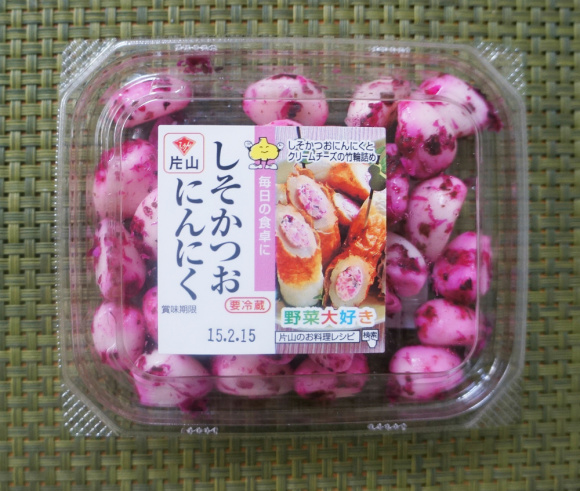
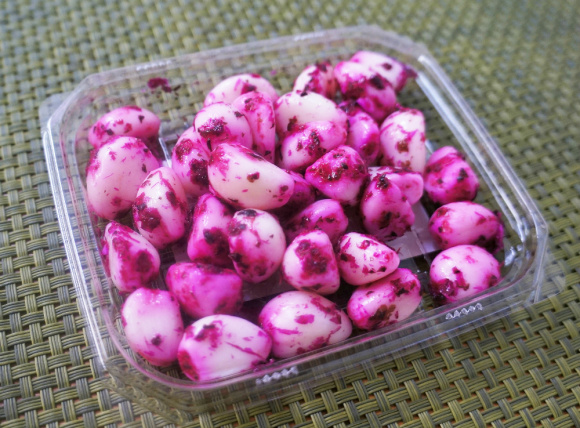
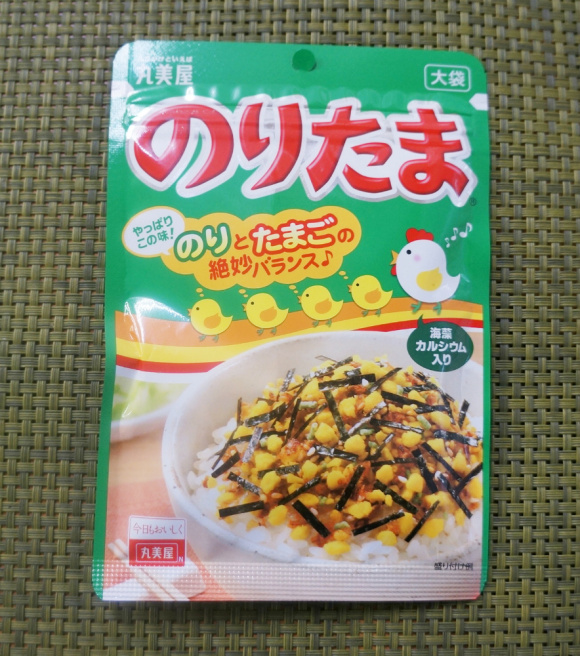
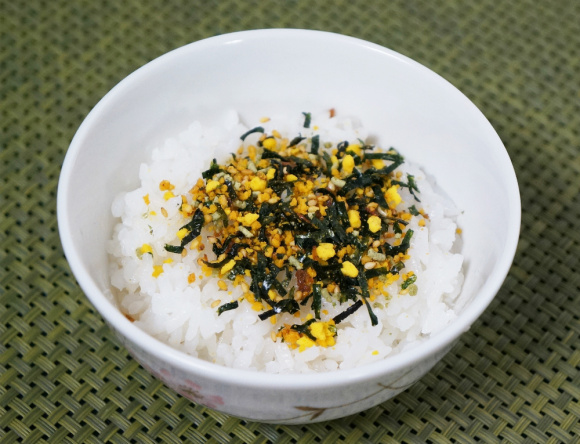
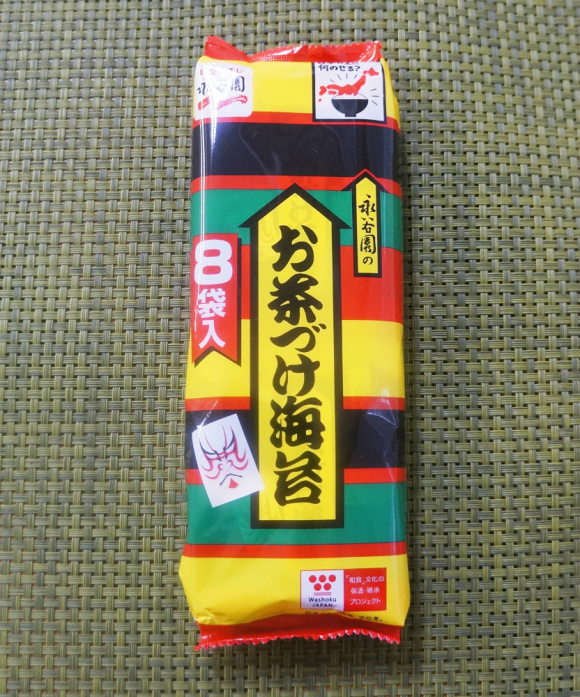
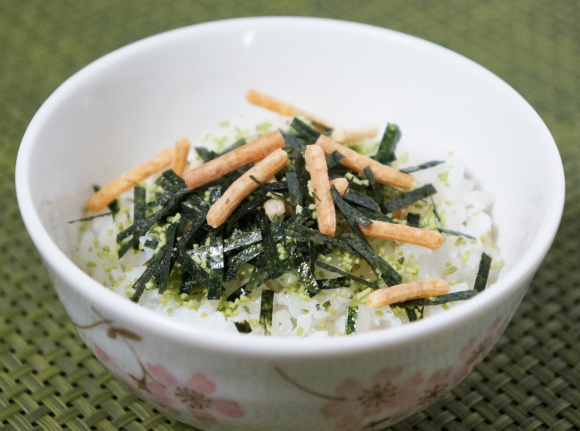
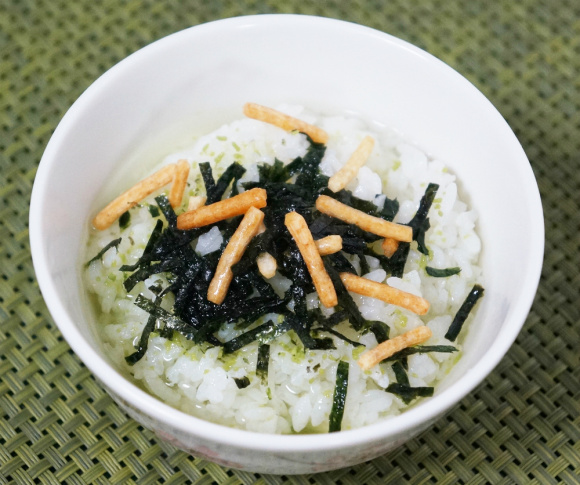
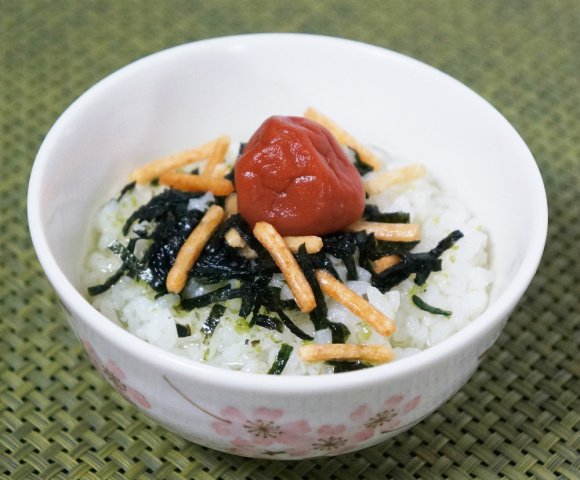
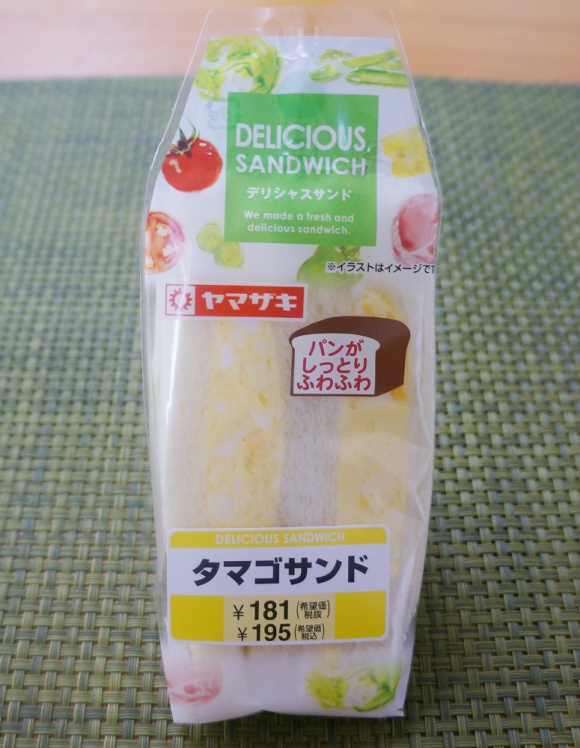
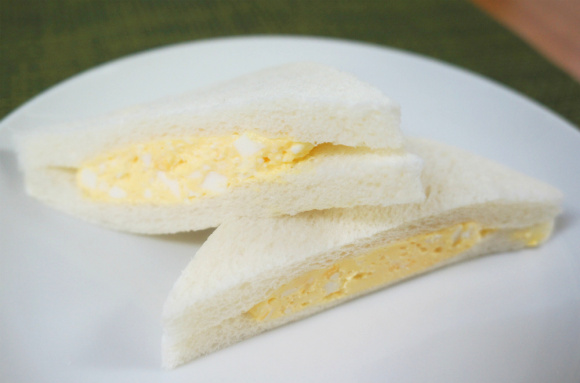





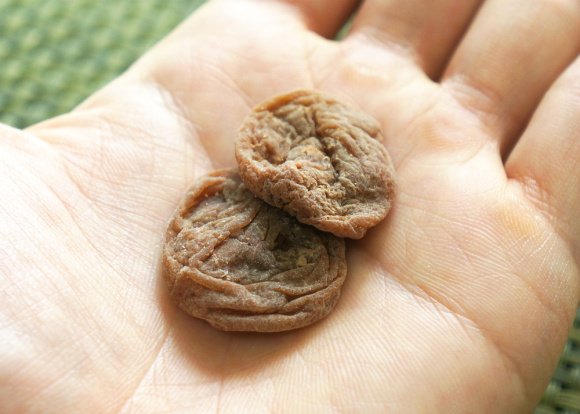
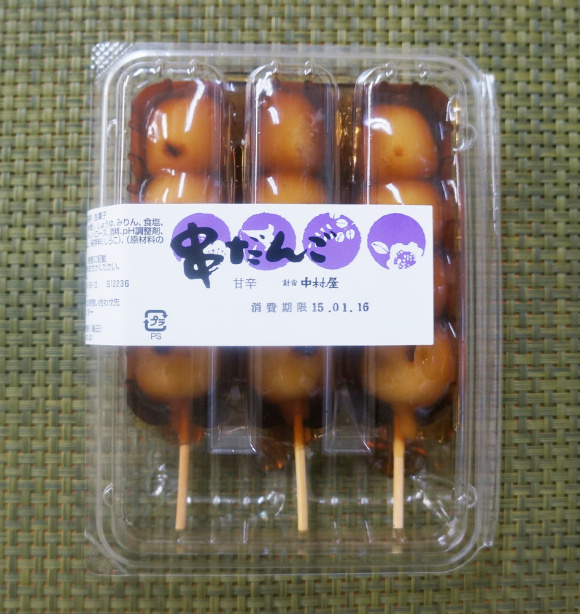








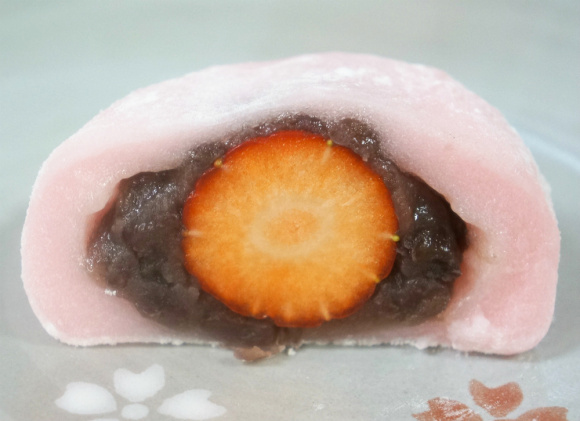



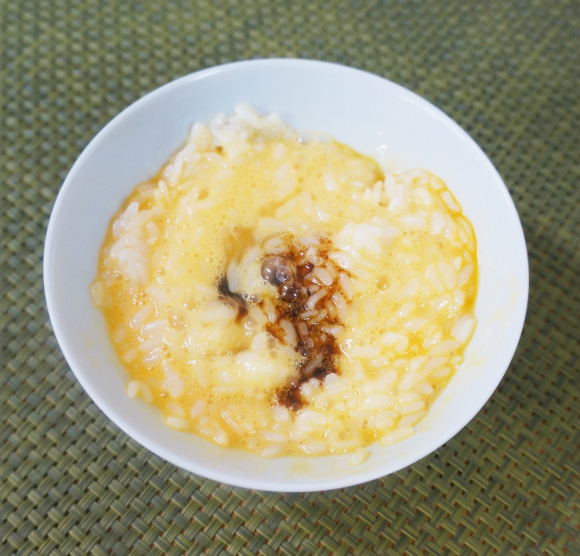
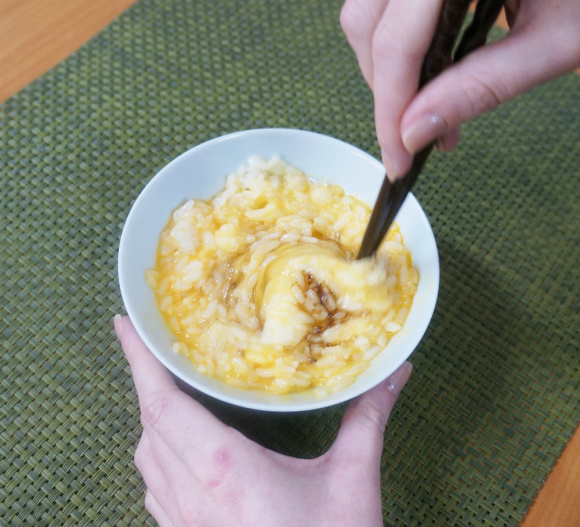




 We tried a gourmet chocolate bento box worth 2,700 yen, and every bite was worth it
We tried a gourmet chocolate bento box worth 2,700 yen, and every bite was worth it Katsudon vs. tonkatsu vs. katsu sandwich – What’s the best way to eat pork cutlet in Japan?
Katsudon vs. tonkatsu vs. katsu sandwich – What’s the best way to eat pork cutlet in Japan? Mr. Sato falls for the biggest egg sandwich he’s ever seen…but what does it look like inside?
Mr. Sato falls for the biggest egg sandwich he’s ever seen…but what does it look like inside? “Hey Singaporean taxi driver! Take us to the best restaurant in Singapore!”
“Hey Singaporean taxi driver! Take us to the best restaurant in Singapore!” Japan has eggs that smell and taste like yuzu citrus fruit, and they’re amazing!
Japan has eggs that smell and taste like yuzu citrus fruit, and they’re amazing! Foreigner’s request for help in Tokyo makes us sad for the state of society
Foreigner’s request for help in Tokyo makes us sad for the state of society Japanese city loses residents’ personal data, which was on paper being transported on a windy day
Japanese city loses residents’ personal data, which was on paper being transported on a windy day Should you add tartar sauce to Japanese curry rice? CoCo Ichi makes diners an unusual offer
Should you add tartar sauce to Japanese curry rice? CoCo Ichi makes diners an unusual offer Seaside scenery, history, and so many desserts on Yokohama’s Akai Kutsu【Japan Loop Buses】
Seaside scenery, history, and so many desserts on Yokohama’s Akai Kutsu【Japan Loop Buses】 Red light district sushi restaurant in Tokyo shows us just how wrong we were about it
Red light district sushi restaurant in Tokyo shows us just how wrong we were about it Suntory x Super Mario collaboration creates a clever way to transform into Mario【Videos】
Suntory x Super Mario collaboration creates a clever way to transform into Mario【Videos】 New Pokémon cakes let you eat your way through Pikachu and all the Eevee evolutions
New Pokémon cakes let you eat your way through Pikachu and all the Eevee evolutions Studio Ghibli unveils Mother’s Day gift set that captures the love in My Neighbour Totoro
Studio Ghibli unveils Mother’s Day gift set that captures the love in My Neighbour Totoro Gacha capsule toy paradise for adults appears at Akihabara Station
Gacha capsule toy paradise for adults appears at Akihabara Station Akihabara pop-up shop sells goods made by Japanese prison inmates
Akihabara pop-up shop sells goods made by Japanese prison inmates McDonald’s new Happy Meals offer up cute and practical Sanrio lifestyle goods
McDonald’s new Happy Meals offer up cute and practical Sanrio lifestyle goods Japanese ramen restaurants under pressure from new yen banknotes
Japanese ramen restaurants under pressure from new yen banknotes French Fries Bread in Tokyo’s Shibuya becomes a hit on social media
French Fries Bread in Tokyo’s Shibuya becomes a hit on social media Studio Ghibli releases new action figures featuring Nausicaä of the Valley of the Wind characters
Studio Ghibli releases new action figures featuring Nausicaä of the Valley of the Wind characters New private rooms on Tokaido Shinkansen change the way we travel from Tokyo to Kyoto
New private rooms on Tokaido Shinkansen change the way we travel from Tokyo to Kyoto Tokyo Tsukiji fish market site to be redeveloped with 50,000-seat stadium, hotel, shopping center
Tokyo Tsukiji fish market site to be redeveloped with 50,000-seat stadium, hotel, shopping center All-you-can-drink Starbucks and amazing views part of Tokyo’s new 170 meter-high sky lounge
All-you-can-drink Starbucks and amazing views part of Tokyo’s new 170 meter-high sky lounge Beautiful Ghibli sealing wax kits let you create accessories and elegant letter decorations【Pics】
Beautiful Ghibli sealing wax kits let you create accessories and elegant letter decorations【Pics】 Studio Ghibli releases Kiki’s Delivery Service chocolate cake pouches in Japan
Studio Ghibli releases Kiki’s Delivery Service chocolate cake pouches in Japan New definition of “Japanese whiskey” goes into effect to prevent fakes from fooling overseas buyers
New definition of “Japanese whiskey” goes into effect to prevent fakes from fooling overseas buyers Our Japanese reporter visits Costco in the U.S., finds super American and very Japanese things
Our Japanese reporter visits Costco in the U.S., finds super American and very Japanese things More foreign tourists than ever before in history visited Japan last month
More foreign tourists than ever before in history visited Japan last month Sales of Japan’s most convenient train ticket/shopping payment cards suspended indefinitely
Sales of Japan’s most convenient train ticket/shopping payment cards suspended indefinitely Sold-out Studio Ghibli desktop humidifiers are back so Totoro can help you through the dry season
Sold-out Studio Ghibli desktop humidifiers are back so Totoro can help you through the dry season Japanese government to make first change to romanization spelling rules since the 1950s
Japanese government to make first change to romanization spelling rules since the 1950s Ghibli founders Toshio Suzuki and Hayao Miyazaki contribute to Japanese whisky Totoro label design
Ghibli founders Toshio Suzuki and Hayao Miyazaki contribute to Japanese whisky Totoro label design Doraemon found buried at sea as scene from 1993 anime becomes real life【Photos】
Doraemon found buried at sea as scene from 1993 anime becomes real life【Photos】 Tokyo’s most famous Starbucks is closed
Tokyo’s most famous Starbucks is closed One Piece characters’ nationalities revealed, but fans have mixed opinions
One Piece characters’ nationalities revealed, but fans have mixed opinions We asked a Uniqlo employee what four things we should buy and their suggestions didn’t disappoint
We asked a Uniqlo employee what four things we should buy and their suggestions didn’t disappoint Princesses, fruits, and blacksmiths: Study reveals the 30 most unusual family names in Japan
Princesses, fruits, and blacksmiths: Study reveals the 30 most unusual family names in Japan Japanese condiment company Kikkoman encourages Brits to desecrate white rice with tasty sauce
Japanese condiment company Kikkoman encourages Brits to desecrate white rice with tasty sauce PewDiePie tries “every” Japanese snack and this is how people in Japan reacted to it
PewDiePie tries “every” Japanese snack and this is how people in Japan reacted to it Japanese fast food chain Nakau now has a fancy new chicken and rice bowl, with TRUFFLES
Japanese fast food chain Nakau now has a fancy new chicken and rice bowl, with TRUFFLES Official Sailor Jupiter bento boxed lunches being served now at Tokyo anime-themed cafe 【Photos】
Official Sailor Jupiter bento boxed lunches being served now at Tokyo anime-themed cafe 【Photos】 Vegetarian ramen in Tokyo? Not only is it available, it’s apparently pretty great too!
Vegetarian ramen in Tokyo? Not only is it available, it’s apparently pretty great too! How women can shoot down dessert dates before they’re even invited, according to Japanese Twitter
How women can shoot down dessert dates before they’re even invited, according to Japanese Twitter Onikun: Epic onigiri so big they’re half demon, half rice ball
Onikun: Epic onigiri so big they’re half demon, half rice ball We made our gummies glow with a popular Japanese vitamin drink 【SoraKitchen】
We made our gummies glow with a popular Japanese vitamin drink 【SoraKitchen】 We found the prettiest TKG ever at a restaurant specializing in raw eggs on rice in Tokyo
We found the prettiest TKG ever at a restaurant specializing in raw eggs on rice in Tokyo Kaki gohan – A super-easy, super-tasty rice cooker treat to make this autumn【Recipe】
Kaki gohan – A super-easy, super-tasty rice cooker treat to make this autumn【Recipe】 Have you tried Tokushima ramen? No? You should (says our obsessed Japanese-language reporter)
Have you tried Tokushima ramen? No? You should (says our obsessed Japanese-language reporter) Why throw away your leftover ramen broth when you can use it to make awesome ramen rice instead?
Why throw away your leftover ramen broth when you can use it to make awesome ramen rice instead? Japanese manners coach’s tips for elegantly eating sandwiches has people baffled
Japanese manners coach’s tips for elegantly eating sandwiches has people baffled Red bean paste and cream cheese — a divinely sweet combination?
Red bean paste and cream cheese — a divinely sweet combination? Is it OK to put other food on top of your white rice when eating in Japan?
Is it OK to put other food on top of your white rice when eating in Japan?
Leave a Reply